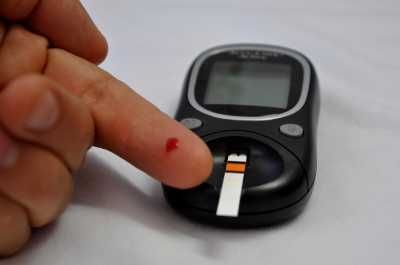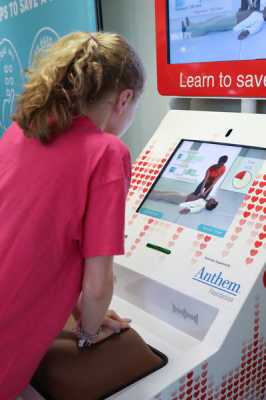Author Interviews, Heart Disease, Lipids, Sanofi / 29.11.2017
Praluent May Reduce Need For Apheresis In Some Patients With Familial Hypercholesterolemia
MedicalResearch.com Interview with:
Dr. Jay Edelberg MD, PhD
VP Head of CV Development and
Head Global CV Medical Affairs
Sanofi
MedicalResearch.com: What is the background for this study? What are the main findings?
Response: Patients with heterozygous familial hypercholesterolemia (HeFH) are often not able to achieve their target low-density lipoprotein cholesterol (LDL-C) levels, and some may require lipoprotein apheresis (LA) to lower their “bad cholesterol.” Apheresis is a procedure similar to kidney dialysis, where bad cholesterol is mechanically removed from the blood. It is an invasive, expensive, and time-consuming treatment for patients, as well as physicians.
The Phase III ESCAPE clinical study looked at the potential effect of LA on total Praluent, free and total PCSK9 concentrations, as well as the combined pharmacodynamics effect of total Praluent on LDL-C-lowering.
Praluent levels remained unaffected by apheresis, and Praluent consistently suppressed free PCSK9 levels in patients with HeFH, regardless of LA treatment. This analysis further confirms clinical ESCAPE data that Praluent can be used in conjunction with LA and may reduce or potentially eliminate the need for LA in some patients.
(more…)





